CryoArks: Animal biobanking for research and conservation
7 Jul 2021
Watch online
If you enjoyed this event please consider making a donation to support our work.
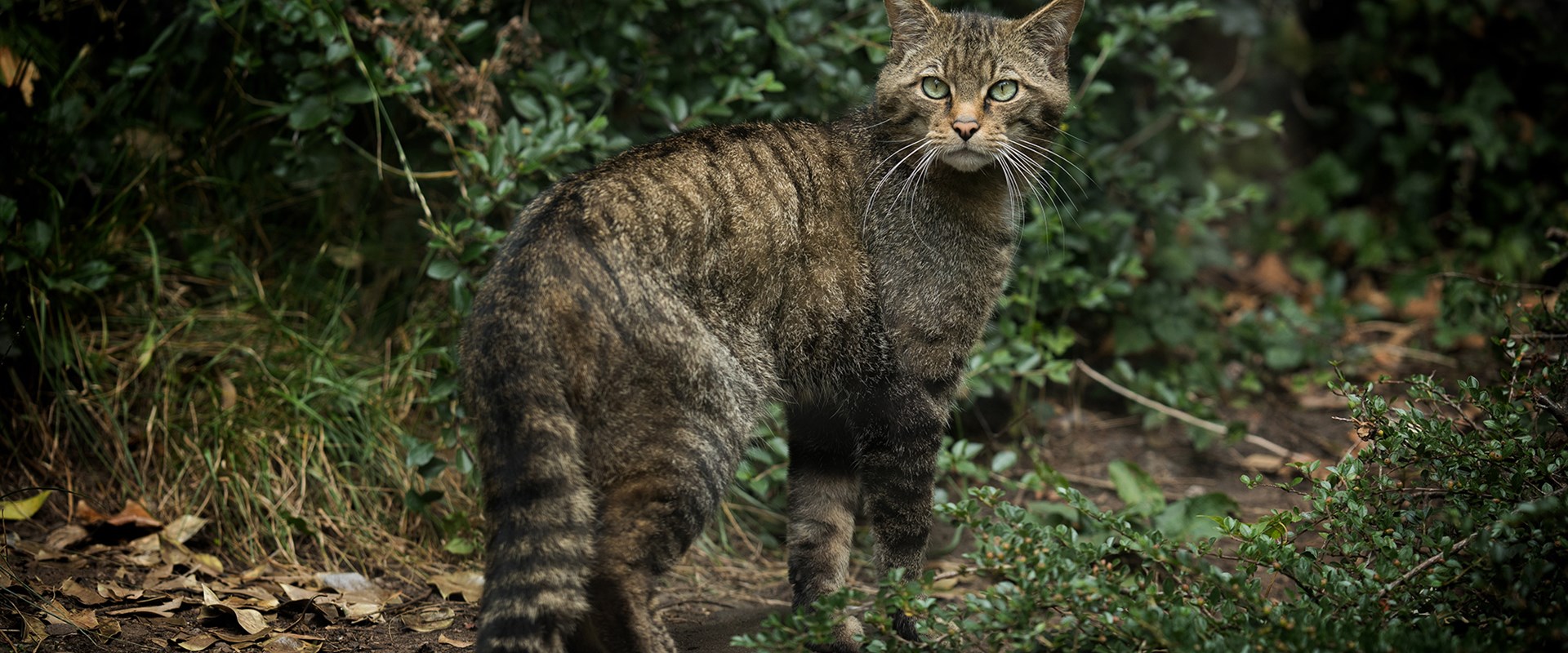
Learn how museums and zoos are helping to conserve endangered species through CryoArks – the UK’s national collection of frozen animal material.
Donate
Donate now to make more events like this possible, protect our collections and share their stories with the world.
What is a biobank?
A biobank is a bit like a bank, or a library where we store the DNA, tissues and cells of animals. It’s important to store animal DNA because of what it can tell us. Each animal has a unique DNA sequence. And by studying this, we can learn a lot about an individual e.g. we can tell if a cat is a Scottish wildcat, a hybrid or a tabby feral cat.
This information is used by conservation programmes which help look after endangered species. Internationally, DNA information is an important reference tool in helping to fight against the illegal wildlife trade.
Zoological biobank
National Museums Scotland and the Royal Zoological Society of Scotland are partners in a UK-wide collaboration to create the UK’s first comprehensive zoological Biobank network for research and conservation.
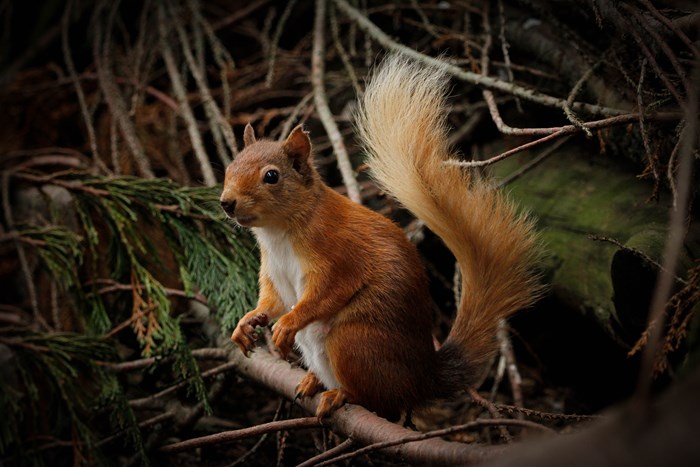
Red squirrel at the Highland Wildlife Park © RZSS
The CryoArks Biobank initiative will be the first national collection of frozen animal material in the country. It will gather and preserve the DNA, tissues and cells of wild and zoo animals, providing a wealth of information that can support worldwide conservation management.
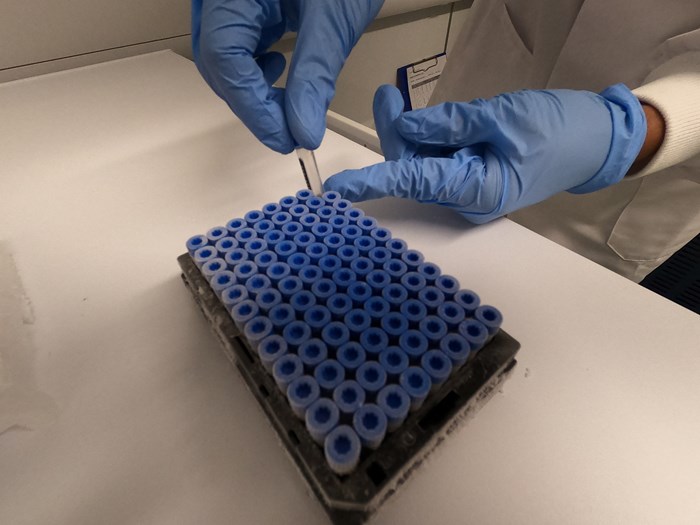
Biobank sample tubes © RZSS
Speakers
Join curator Andrew Kitchener and conservation geneticists Gill Murray-Dickson and Helen Senn to discuss how museums and zoos are coming together to share their research and help conserve endangered species around the world.
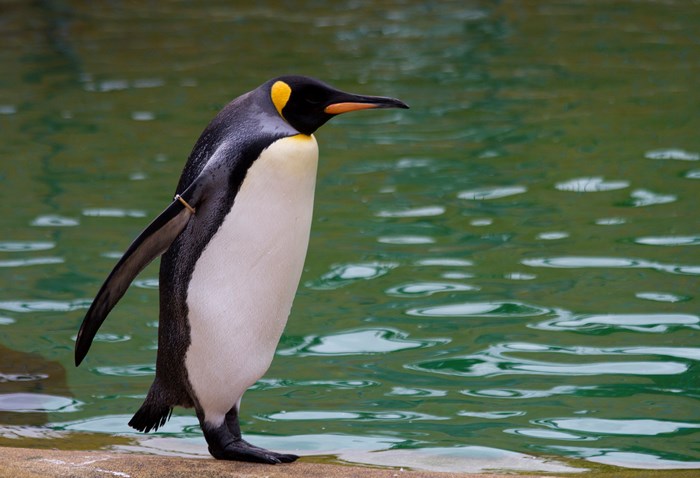
King Penguin at Edinburgh Zoo © RZSS
Dr Andrew Kitchener is Principal Curator of Vertebrate Biology at National Museums Scotland, where we have more than 200,000 vertebrate specimens from around the world. Find out more about our Natural Sciences collection here
Dr Gill Murray-Dickson is a Biobank Research Fellow and has developed the biobanking infrastructure at National Museums Scotland and The Royal Zoological Society of Scotland.
Dr Helen Senn is Head of Conservation and Science Programmes at The Royal Zoological Society of Scotland, including the WildGenes Lab. She is a specialist in conservation genetics and works on species conservation internationally.
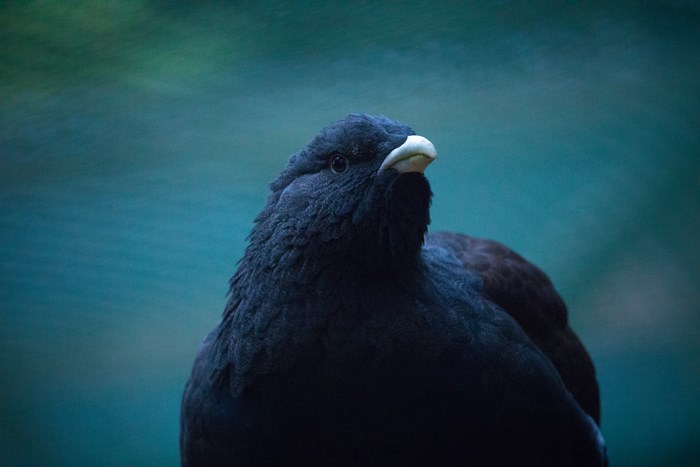
Male Capercaillie at the Highland Wildlife Park © RZSS
This event is chaired by zoologist, writer and broadcaster, Jules Howard.
Our event recordings are free to watch, however donations are greatly appreciated. Your support will help protect our remarkable collections and share their stories with the world through events like this.
Be aware that this video contains brief footage of animal specimens and animal tissue.
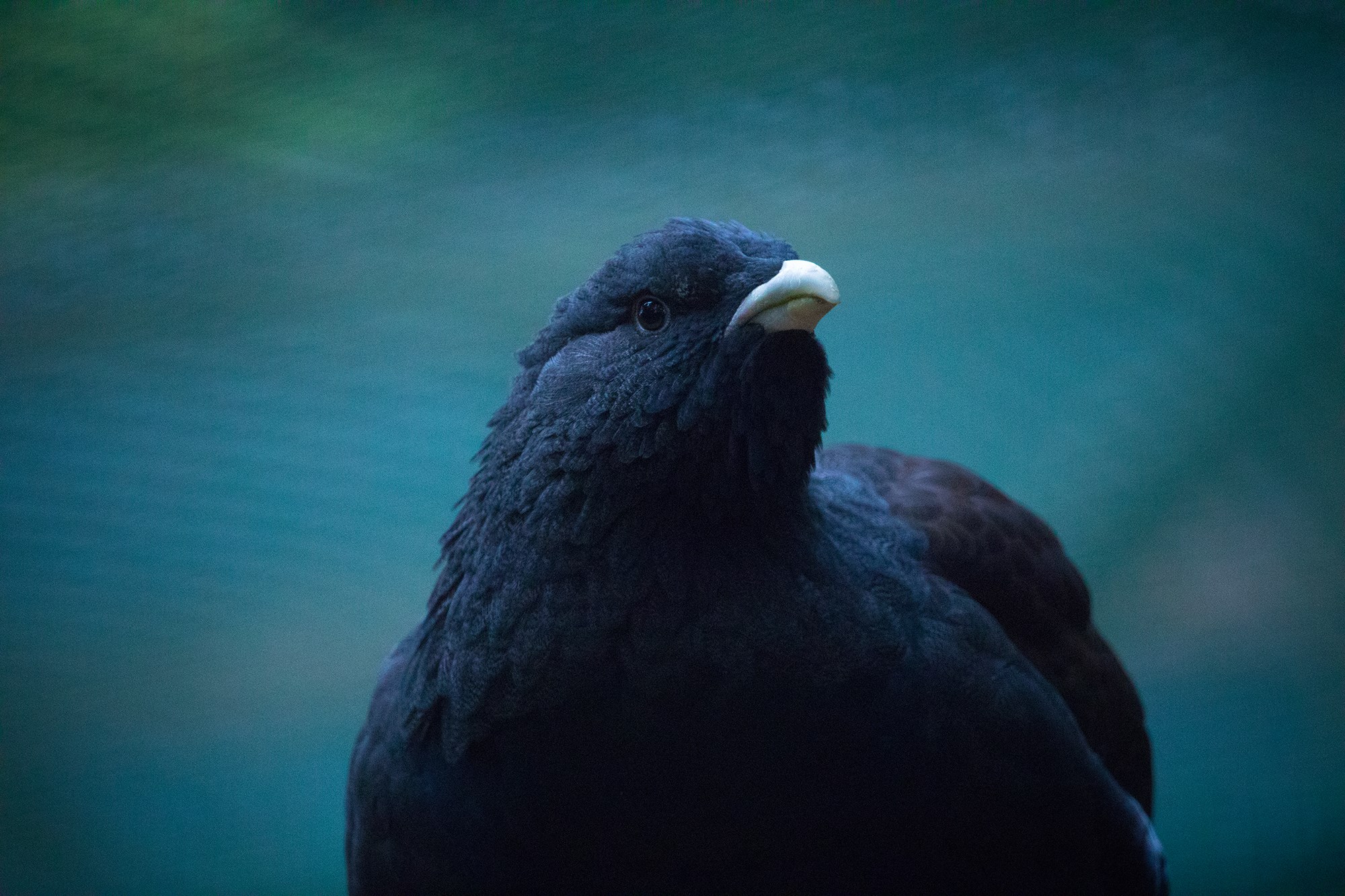
Further information
If you have any questions about the event, please do not hesitate to get in touch by emailing us at publicevents@nms.ac.uk.


Part of Edinburgh Science Festival 2021

Header image: Scottish wildcat © RZSS
